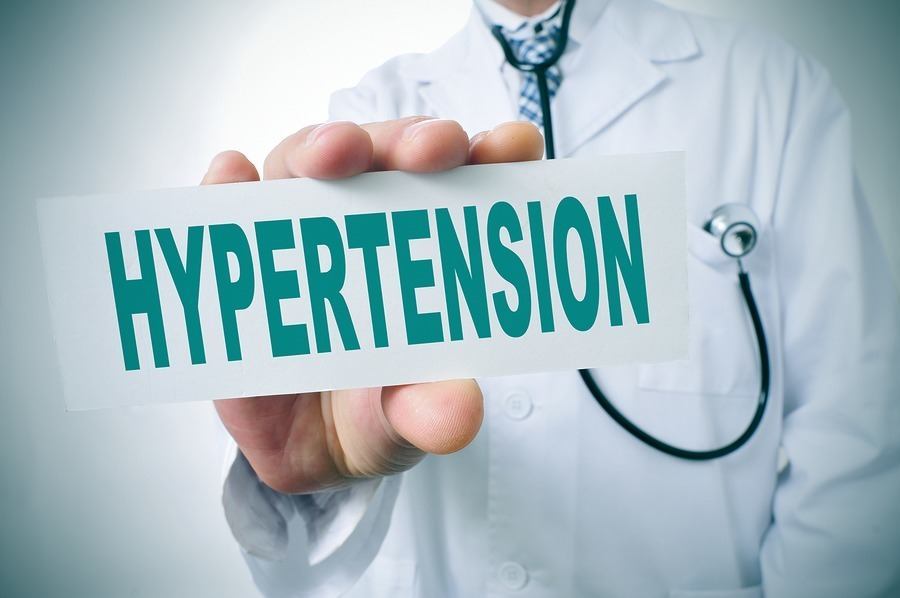Hypertension
Arterial hypertension, and often called as hypertension, or high blood pressure called in everyday language is a disease in which the blood pressure of the arterial system is chronically elevated.
By the definition of the, WHO a systolic blood pressure is higher than 140 mmHg or diastolic blood pressure greater than 90 mmHg as hypertension. Not included in this definition are temporary increases in blood pressure due to disease, medications or pregnancy.
Causes of arterial hypertension are disturbances of the endocrine system, the cardiovascular system, and kidney damage. The bulk of the diseases, however, are based largely unknown factors.
The Hypertension usually shows only nonspecific symptoms. Consequential damages such as coronary heart disease with the result of heart attacks and kidney failure and stroke, however, are responsible for the majority of deaths in industrialized countries.
To treat, different classes of drugs are available that can reduce efficiency in conjunction with lifestyle changes blood pressure and reduce the risk of complications significantly.
Epidemiology
The disease frequency (prevalence) of hypertension is consistently high in industrialized countries since the 80s.
It is located at 10-50% of the total population; the incidence rises significantly with age.
About 20% of Europeans have a systolic severely elevated blood pressure of more than 160 have mmHg, for the over 80-year-olds is considerably higher, at 30%.
Thus, it is one of the most common events in a consulting general medical practice.
Arterial hypertension, but also occurs in younger people. In the age group 25 to 29 years, the pressure in the vessels at about one out of ten women and about every fourth man is too high.
With increasing age, the incidence of hypertension is increasing dramatically. For those over 60-year-old have only about one in four people in a normal blood pressure.
The ratio of affected women to men varies with age. While it is in young adulthood, 2:3, predominate in the 60-year-old women with approximately 4:3.
Etiology and Pathogenesis
In the vast number of diseases, no clear cause (etiology may) be identified. One speaks in this case of a primary or essential hypertension.
However, an underlying primary disease can be identified, is known as secondary hypertension.
Through a series of causes leads to temporary increases in BP which are counted by many authors on secondary hypertension, however, does not meet the definition in the strict sense and are reversible upon removal of the causative factors.
These diseases include the central nervous system (inflammation, intracranial pressure increases, poisoning), effects of medications (ovulation inhibitors, corticosteroids, nonsteroidal anti-inflammatory drugs), stimulants) (licorice, and drugs (cocaine, amphetamines).
Even during pregnancy, there are frequent (about 10%) for diseases with high BP.
They differentiated this pregnancy-hypertension (SIH) of grafted forms, in which a history of hypertension and aggravate pre-existing forms that exist independently of the pregnancy.
The pregnancy-induced hypertension with protein loss (preeclampsia) is a relevant cause of mortality of mother and child during pregnancy and must be specifically treated and monitored.
